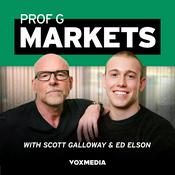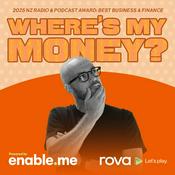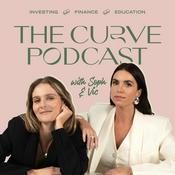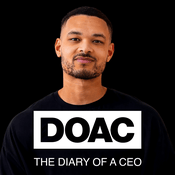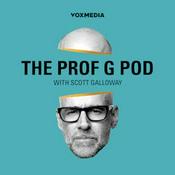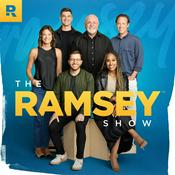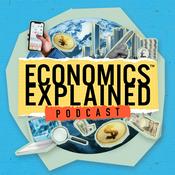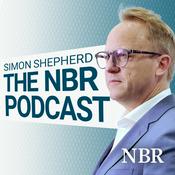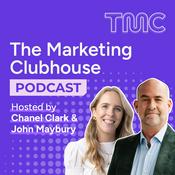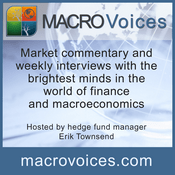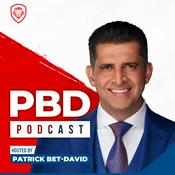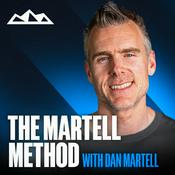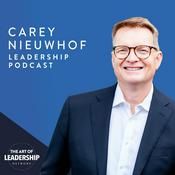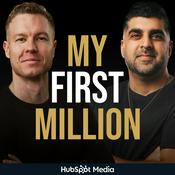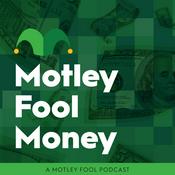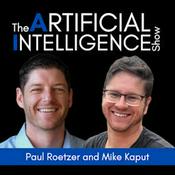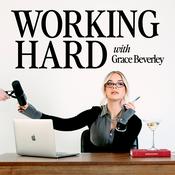Available Episodes
5 of 281
- 281. Pricing to create value across the private equity portfolioA small improvement in pricing can often drive greater value creation than larger cost or volume improvements. However, private equity (PE) funds face unique challenges in identifying and addressing pricing opportunities across diverse portfolio companies, often lacking the dedicated tools and expertise to do so effectively. In this episode, Brian Elliott, Jordan Jakubovitz, and Michelle Nguyen discuss how PE funds can address these challenges and achieve efficient growth. Brian Elliott is a senior partner in our New Jersey office and co-leads our pricing practice across all sectors. Brandon Heriford is a partner in our Atlanta office, and co-leads our Periscope B2B pricing solution with Brian. Michelle Nguyen is an associate partner in our New York office, and is a leader in our Private Capital Practice, and Dhruv Sriram is a consultant in our Atlanta office and a core member of our software and tech practice. Related insights Global Private Markets Report 2025: Braced for shifting weather How to navigate pricing during disinflationary times Pricing: The next frontier of value creation in private equity Is your pricing strategy cutting it? McKinsey Insights on Strategy & Corporate Finance McKinsey Strategy & Corporate Finance on LinkedIn McKinsey Insights on Private Capital Support the show: https://www.linkedin.com/showcase/mckinsey-strategy-&-corporate-finance/See www.mckinsey.com/privacy-policy for privacy information--------53:18
- 280. Hilton President and CEO Chris Nassetta on culture, strategy, and reinventionChris Nassetta has served as President and CEO of Hilton since 2007, leading the organization through some extraordinary challenges. Chris’s focus on a sustainable growth model and a brand-led, network-driven strategy has enabled Hilton to cultivate 25 brands and serve more than 250 million travelers annually. In today’s episode, Chris discusses this journey with Eric Kutcher, our North America Chair and Senior Partner, and shares what he’s learned about leadership along the way. Looking ahead, he explains why AI is the greatest gift for Hilton to deliver what customers want, whenever and wherever they want it. Related Insights CEO For All Seasons: Mastering the Cycles of Leadership CEO Excellence: The Six Mindsets That Distinguish the Best Leaders from the Rest The Strategic CEO newsletterSupport the show: https://www.linkedin.com/showcase/mckinsey-strategy-&-corporate-finance/See www.mckinsey.com/privacy-policy for privacy information--------47:06
- 279. From the NFL to the C-Suite: Jason Wright on what it takes to transform organizations and build world-class teamsWhat do winning teams in elite sports teach us about driving transformation in business? This week, Kevin Carmody, a senior partner and global coleader of our CFO and finance excellence practice, speaks with former McKinsey partner Jason Wright, who helped lead a transformation as-president of the Washington Commanders (and is also a former NFL running back), and is now Managing Partner & Head of Investments at Ariel Project Level, a private equity fund focused on investing in women's sports. Jason shares how clear, measurable goals and micro-markers can accelerate culture change; why some symbolic moves matter as much as big P&L levers; and how leaders can balance staying “on the wave tops” with timely “porpoise dives” into the details. He reflects on accountability, the balance between honesty and radical transparency, and what ultimately signaled that a troubled culture at the Washington Commanders was turning the corner. The conversation also explores Jason’s lessons from public crises, and his current role investing at scale in women’s sports. We recorded Jason and Kevin’s conversation at a gathering of transformation leaders. Related insights: Worst to first: What it takes to build or remake a world-class team McKinsey Transformation on LinkedIn McKinsey Transformation insightsSupport the show: https://www.linkedin.com/showcase/mckinsey-strategy-&-corporate-finance/See www.mckinsey.com/privacy-policy for privacy information--------34:37
- 278. Frontier Communications CEO Nick Jeffery on purpose, strategy, and keeping it simpleNick Jeffery, President and CEO of Frontier Communications since 2021, has over three decades of strategic and operational leadership in the U.S. and global telecommunications industry. As a seasoned transformation leader, he has guided Frontier from bankruptcy to a successful turnaround in under five years and is now steering the company toward a multi-billion-dollar deal with Verizon. In this episode, Nick joins our North America Chair and senior partner Eric Kutcher to discuss the opportunity he saw in the struggling company, and the bold culture change - grounded in simplicity and a clarity of purpose - that has rallied a workforce around a shared transformation mission. Related InsightsDelta Air Lines CEO Ed Bastian: Lessons from the captain’s seat Mastering the cycles of CEO leadership: Stepping up and sending it forward Mastering the cycles of CEO leadership: Starting strong, and staying ahead The Josh Harris playbook: building cultures of excellence in business and sports CEO Excellence: The Six Mindsets That Distinguish the Best Leaders from the Rest The Strategic CEO newsletterDoug Parker, former chairman and CEO of American Airlines, shares leadership lessonsJohn Stankey talks about leaning into the long term at AT&TSupport the show: https://www.linkedin.com/showcase/mckinsey-strategy-&-corporate-finance/See www.mckinsey.com/privacy-policy for privacy information--------33:03
- 277. The new boardroom dynamic: More conversations, transparency, and trustIn this episode of Inside the Strategy Room, we discuss how the board’s relationship with management is evolving in an era of heightened uncertainty and rapid change. We are joined by board directors Susan Chapman-Hughes and Lan Kang, as well as McKinsey’s Board Services leader Frithjof Lund, and explore how boards are shifting from episodic oversight to continuous engagement, leveraging more frequent dialogue with management teams, investing in trust and culture, and rethinking structure and composition to add strategic value. Susan Chapman‑Hughes is a seasoned board director and former C-Suite executive with deep experience in digital transformation and human-capital strategy. She is currently an independent director at The J.M. Smucker Company and Toast Inc. Lan Kang is a global business leader and board member with extensive experience in healthcare, private equity, and strategy. She currently serves as President and Chief Executive Officer of Azkarra Therapeutics, an early-stage biotechnology company. She serves on the board of Avantor Inc. and has held senior roles across Asia and the U.S. Frithjof Lund is a senior partner and our managing partner in Norway. He leads our Board Services Practice, helping CEOs and boards of directors improve corporate governance and effectiveness. Frithjof also leads our Organization Practice in Scandinavia, helping clients develop high-performing organizations and leaders across the private and public sectors. He is based in our Oslo office. Related insights How public-company boards can thrive by adopting private equity practices How boards can tackle geopolitical risk The Board Perspective – Number 4Support the show: https://www.linkedin.com/showcase/mckinsey-strategy-&-corporate-finance/See www.mckinsey.com/privacy-policy for privacy information--------38:45
More Business podcasts
Trending Business podcasts
About Inside the Strategy Room
We talk with McKinsey partners and corporate executives on the challenges they face creating lasting strategies in a fast-changing world. We also examine the different ways these executives approach these challenges and the new and innovative ways they think of creating a vision for their enterprises.
Podcast websiteListen to Inside the Strategy Room, Prof G Markets and many other podcasts from around the world with the radio.net app
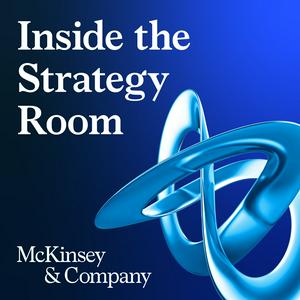
Get the free radio.net app
- Stations and podcasts to bookmark
- Stream via Wi-Fi or Bluetooth
- Supports Carplay & Android Auto
- Many other app features
Get the free radio.net app
- Stations and podcasts to bookmark
- Stream via Wi-Fi or Bluetooth
- Supports Carplay & Android Auto
- Many other app features


Inside the Strategy Room
Scan code,
download the app,
start listening.
download the app,
start listening.
